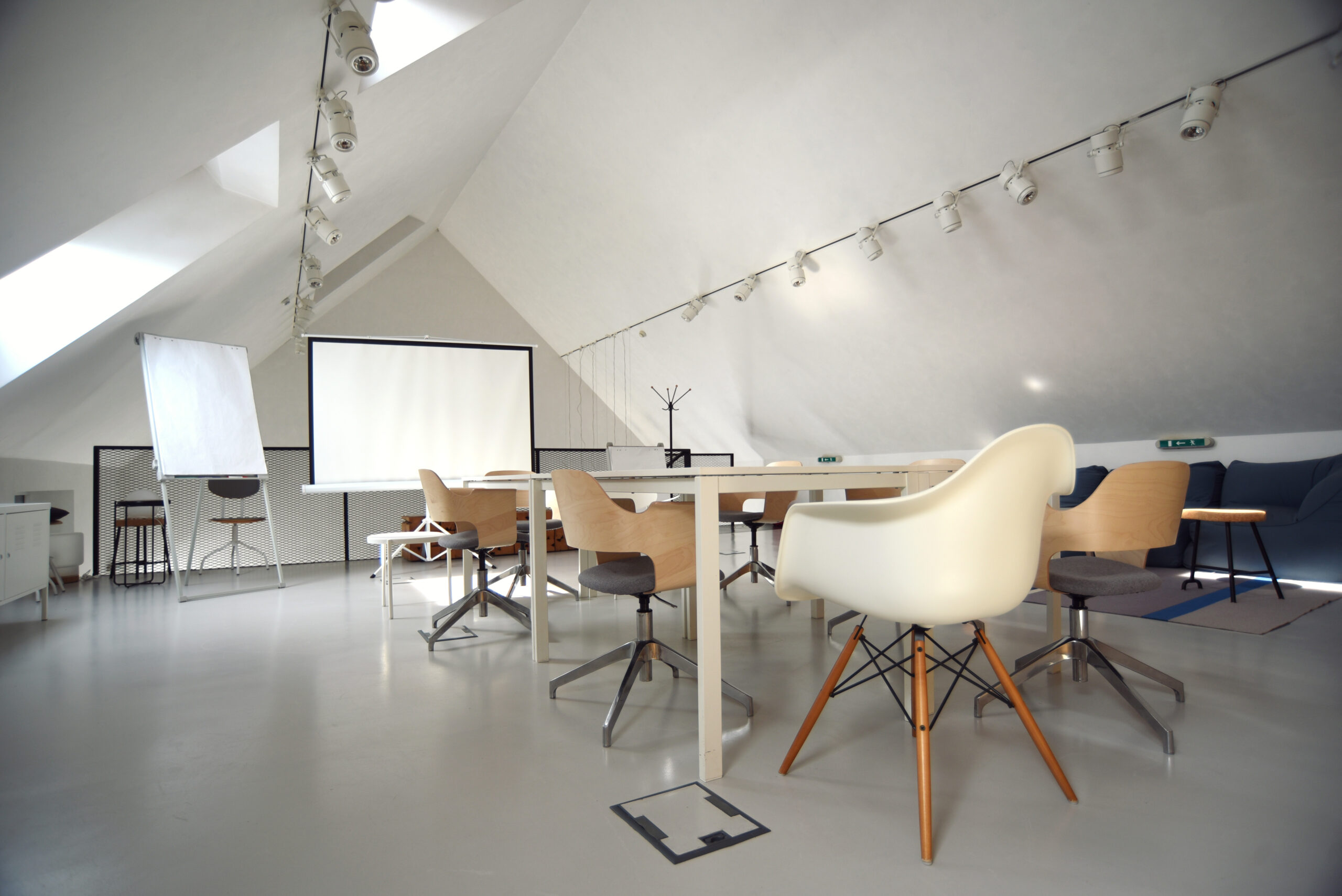Modern architecture is more than just buildings; it’s a narrative woven into the fabric of our lives. Each structure tells a story, not just through its design but also through its functionality and purpose. In this exploration of architecture’s hidden narratives, we delve into the world of interior design, where every choice speaks volumes about the people who inhabit these spaces.

Beyond Aesthetics: Designing for Functionality
While aesthetics play a crucial role in interior design, functionality is equally important. A beautifully designed space loses its appeal if it fails to meet the needs of its users. Interior designers must carefully balance form and function, considering factors such as ergonomics, traffic flow, and usability. By understanding the practical requirements of a space and integrating them seamlessly into the design, designers can create environments that are both visually striking and highly functional.
The Power of Storytelling: Creating Emotional Connections
At its core, interior design is about storytelling. It’s about creating spaces that resonate with people on a deeper level, evoking emotions and fostering connections. Whether it’s a cozy living room that invites relaxation, vibrant workspace that sparks creativity or a garden bed just outside your house with new plants, every design choice contributes to the narrative of the space. By understanding the psychology of design and harnessing the power of storytelling, interior designers can create experiences that leave a lasting impression on occupants.
Unveiling the Layers: The Essence of Interior Design
Interior design is the art of crafting spaces that are not only aesthetically pleasing but also functional and reflective of the occupants’ personalities and lifestyles. It’s about creating environments that tell a story, evoke emotions, and inspire connection.

Crafting Sustainable Spaces: The Role of Interior Design
Sustainability is no longer just a buzzword; it’s a guiding principle in modern interior design. From utilizing eco-friendly materials to implementing energy-efficient technologies, designers are increasingly embracing sustainable practices to create spaces that are not only visually stunning but also environmentally responsible. By prioritizing longevity, durability, and resourcefulness, interior designers can create spaces that stand the test of time while minimizing their impact on the planet. Incorporating sustainable practices into wedding events adds an extra layer of eco-consciousness and mindfulness to the celebration, aligning with the couple’s values and leaving a positive impact on the environment.
Rubbish Removal or Waste Management?
In the realm of interior design, one often overlooked aspect is waste management. The process of creating beautiful spaces inevitably generates waste, whether it’s construction debris, packaging materials, or outdated furnishings. Proper rubbish removal and waste management are essential not only for maintaining a clean and organized environment but also for minimizing the ecological footprint of design projects. By incorporating sustainable practices and responsible disposal methods, interior designers can contribute to a more environmentally conscious industry.
Conclusion:
In the intricate tapestry of modern architecture, interior design serves as a thread that binds form and function, aesthetics and purpose. By exploring the hidden narratives within modern architectural structures, we gain a deeper appreciation for the artistry and intentionality behind every design decision. From sustainable practices to functional considerations, interior design plays a pivotal role in shaping the way we experience the spaces we inhabit. So the next time you encounter a beautifully designed interior, take a moment to uncover the stories it holds within its walls.
Through this journey, we’ve uncovered the importance of waste management in the realm of interior design. Just as architects and designers carefully craft spaces, it’s crucial to consider the responsible disposal of materials to ensure a sustainable future. Whether it’s through rubbish removal services or implementing recycling initiatives, every effort contributes to a more eco-conscious approach to design. So let’s continue to explore the hidden narratives of modern architecture while striving to minimize our environmental impact along the way.
